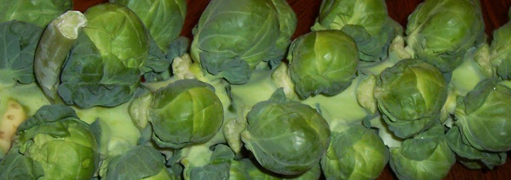Eating In: Vegan Or Bacon? Brussels Sprouts Swing Both Ways.
Brussels Sprouts Swing Both Ways


Ari LeVaux
Latest Article|September 3, 2020|Free
::Making Grown Men Cry Since 1992


Ari LeVaux
